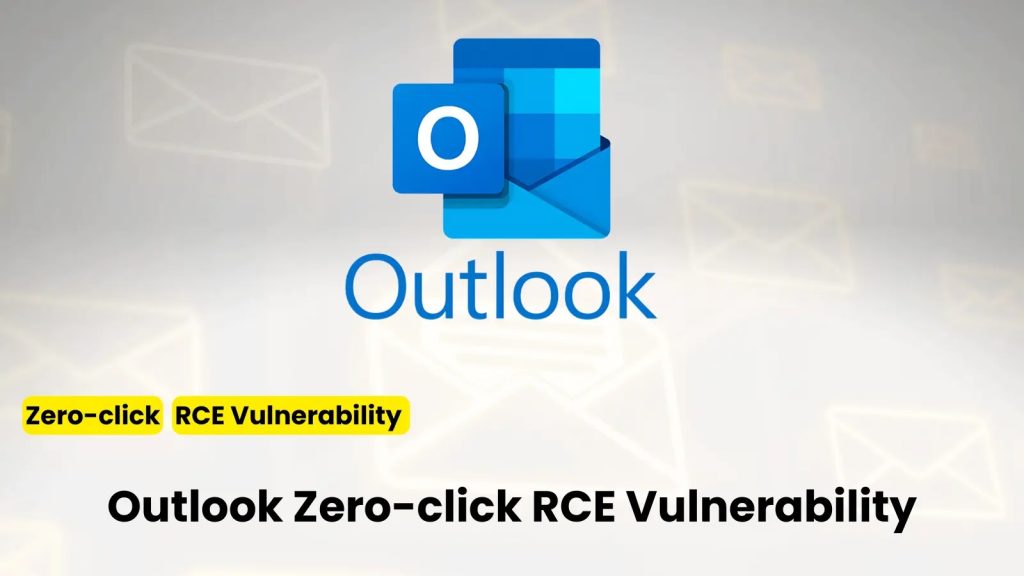Researchers at Morphisec have discovered a critical zero-click remote code execution (RCE) vulnerability (CVE-2024-38021) in Microsoft Outlook.
What has been revealed so far CVE-2024-30103However, this vulnerability is particularly dangerous because it does not require authentication.
This zero-click remote code execution (RCE) vulnerability poses a significant threat as it can be exploited without any user interaction, especially when receiving emails from trusted senders.
CVE-2024-38021 could have serious consequences, including data breach, unauthorized access, and other malicious activity.
Join our free webinar Countering Slow DDoS Attacksis a major threat today.
CVE-2024-38021 Vulnerability Details
CVE-2024-38021 poses significant risks, including potential data breach, unauthorized access, and other malicious activity. Microsoft rates the vulnerability as “important,” noting that it requires zero-click user interaction for trusted senders, but one-click for untrusted senders.
Morphisec Urging Given the broader impact and potential widespread effects, Microsoft has reassessed the severity to Critical.
Exploitation of CVE-2024-38021 can be achieved by: CVE-2024-30103This makes it less likely to be exploited immediately, but if chained with another vulnerability it could simplify the attack process and increase risk.
- April 21, 2024: Morphisec reported the vulnerability to Microsoft.
- April 26, 2024: Microsoft has confirmed the vulnerability.
- July 9, 2024Microsoft: CVE-2024-38021 As part of the Patch Tuesday update.
CVE-2024-38021 poses a serious threat due to its zero-click nature and lack of authentication requirements for trusted senders.
An attacker could exploit this vulnerability to gain unauthorized access, execute arbitrary code, and cause severe damage without user interaction. This paves the way for widespread exploitation and highlights the need for immediate mitigation.
Patch Release and Urgent Action Request
To mitigate the risks associated with CVE-2024-38021, the following actions are recommended:
- Patch deployment: Ensure that all Microsoft Outlook and Office applications are updated with the latest patches.
- Email Security: Implement strong email security measures, such as disabling automatic email previews where possible.
- User Perception: Educate users about the risks of opening email from unknown or suspicious sources.
Microsoft’s rapid response to this vulnerability is commendable, especially given the nature of the issue and the complexity of the previous patch. However, it is important to reassess the severity to “Critical” to reflect the true risk and ensure mitigation efforts receive adequate attention and resources.
"Is Your System Under Attack? Try Cynet XDR: Automated Detection & Response for Endpoints, Networks, & Users!"- Free Demo


